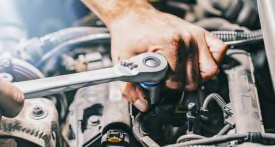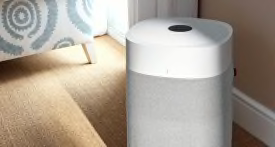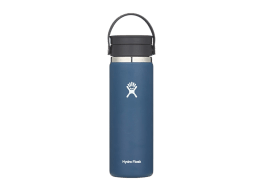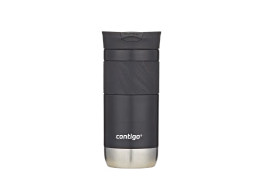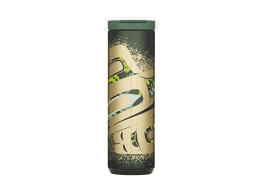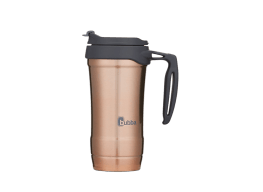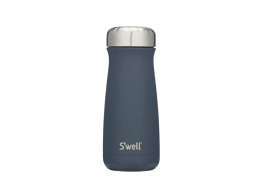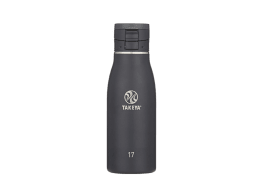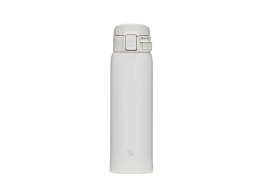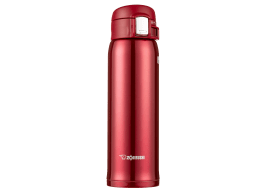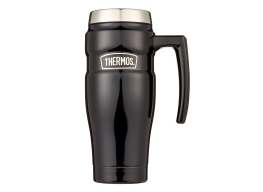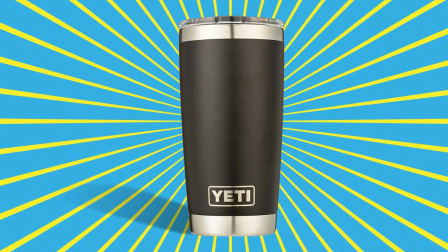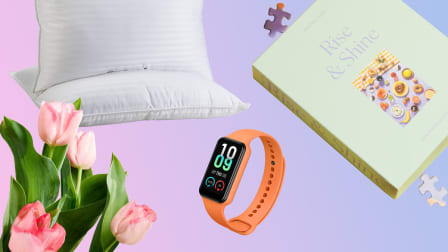Best Insulated Cups of 2024
We tried the Stanley Tumbler, Yeti Rambler, and other cups to see which did the best job keeping drinks hot and cold
When you shop through retailer links on our site, we may earn affiliate commissions. 100% of the fees we collect are used to support our nonprofit mission. Learn more.

An insulated cup lets you take your favorite drink, hot or cold, anywhere you go. Whether you’re looking to tote around a day’s worth of cold water, or you want to keep your coffee hot all the way to work, the right insulated cup feels like it was designed with your routine, and even you, in mind.
But the worst insulated cups can feel like a piece of over-engineered junk that leaks tepid coffee or room-temperature water onto your lap, and clutters your cupboards, collecting dust.
These devices go by many names—travel mug, travel cup, or tumbler to name a few. And of course, some brands and models have become all but synonymous with taking your drink to go: The Yeti Rambler, Stanley Tumbler, and Thermos-brand models of any variety are all famous for different reasons, from inventing the category itself to protecting your drink so well even a fire won’t breach its vacuum-insulated walls.
Best Insulated Cups
Stanley Tumbler Review
Yeti Rambler Review
How CR Tests Insulated Cups
We test how well-insulated cups keep drinks hot or cold, how easy they are to clean, and whether they offer readily replaceable gaskets.
For the temperature tests, we filled each insulated cup with boiling water (212° F) and immediately screwed or pressed each lid back on. Then our testers opened each cup at set intervals to take the temperature of the water inside until it dropped to 140° F—better known as lukewarm.
We also tested each cup to see whether it could keep cold drinks cold as well as hot drinks hot. “We found that cups that were well-insulated did a great job with keeping liquids either hot or cold,” Deitrick says.
To rate how easy cups are to clean, we evaluated each lid, assigning points to those that were easy to clean and subtracting from those that had hard-to-clean nooks or gaskets in their lids that retained soils even after a thorough scrubbing.
Each insulated cup in our test had at least one silicone gasket, and some had as many as three. Over time, they can wear out, and many harbor foul odors. So we removed each gasket that could be removed—some can’t—to see how easy it would be to clean beneath it, and then replaced it. We also noted whether a manufacturer offered replacement gaskets or lids, which will, on occasion, spare you the need to replace an entire cup.
Lastly, we sized up ease of use, which reflects whether or not the cup resists leaking and spilling, how easy it is to open the lid and drink from the cup without it, and how easily the cup will—or won’t—fit into car cup holders.


